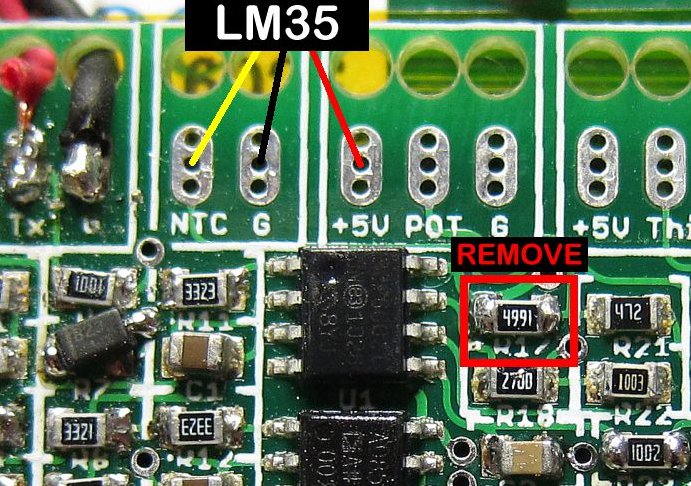wyvernwaddell
1 W
Thanks for the advice Teklektik..I'll try zeroing the amps in the morning and if that fails, I will grab that other info while the turkey is smoking...teklektik said:I ran some tests last night and this morning and could not duplicate the Watts/Amps difference - but it seems that symptom was really not in play - so, okay on that count.
The Gas Gauge is a software artifact so if your CA is showing the proper voltage, there is no hardware failure that could reasonably be causing this (I don't think...). Since it persists across a reflash, it sounds like an EEPROM or configuration issue.
I know the State of Charge gets written to EEPROM on power down, so I was wondering if you had some hinky value stored away that is giving it problems. But - the SOC value should be blitzed on a re-flash since it's not in the calibration parameter section of memory - so that sort of makes the EEPROM idea invalid.
But - the Gas Gauge uses a kind of interesting algorithm that combines historical Ah and open circuit voltage to track the SOC under all circumstances. It actually switches modes and looks at the open circuit voltage when the bike has no (little) current draw since that's the only time the voltage is close to 'open circuit'. It then looks up the OC voltage in a table (by chemistry) and determines the SOC. It generally takes a bit of time when it's making adjustments to the accumulated Ah reading (which is error-prone) to correct it to the more accurate SOC derived from the OC voltage.
Failing that - maybe some more info:
- So - I''m wondering if you need to zero your amps so the CA can get a proper opportunity to do the OC voltage measure/correction to the SOC. If you have a non-zero 'idle current' it may not be doing the gauge update because it thinks the voltage reading will not really reflect OC.
Just a guess - try the Zero Amps trick.
Do the voltage and Ah read correctly?
What is the computed RBatt after a ride?
What are your battery config settings?
Much appreciated


